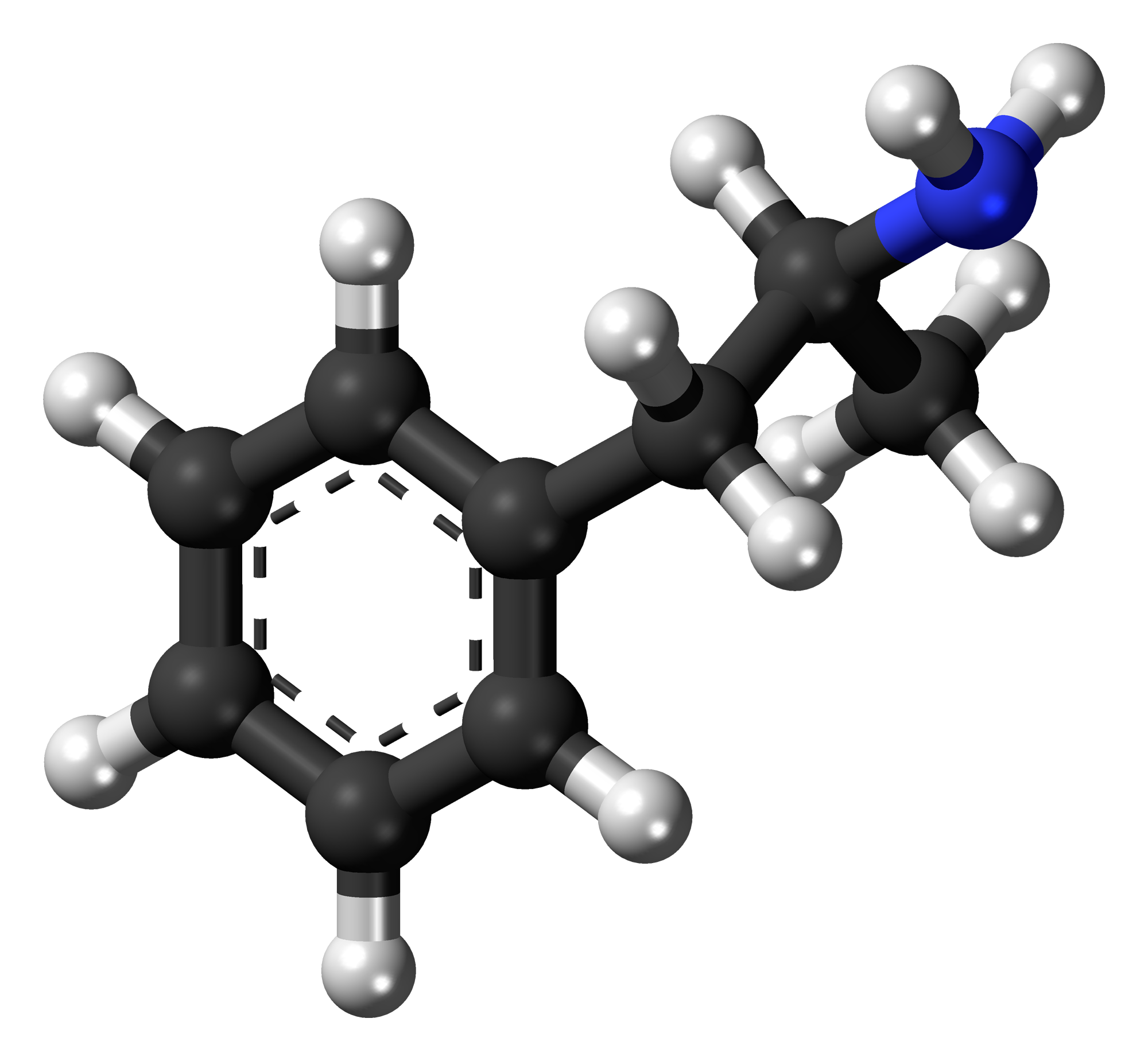Schedule 2 Narcotics List Pdf

4013 Board-Licensed Facilities to Join E-Mail Notification List Article 2. Definitions Section. Schedule II Excluded 4071.1. Admission to Area Where Narcotics. Schedule 3 (III) Drugs. The drug has a potential for abuse less than the drugs in schedules 1 and 2. The drug has a currently accepted medical use in treatment in the United States. List of Controlled Substances. Definition of Controlled Substance Schedules. Lists of Scheduling Actions, Controlled Substances, Regulated Chemicals (PDF) (December 2018) This document is a general reference and not a comprehensive list.
Schedule 2 (II) Drugs The drug has a high potential for abuse. The drug has a currently accepted medical use in treatment in the United States or a currently accepted medical use with severe restrictions.
Abuse of the drug may lead to severe psychological or physical dependence. The following drugs are listed as Schedule 2 (II) Drugs. by the Controlled Substances Act (CSA): The Controlled Substances Act (CSA) schedule information displayed applies to substances regulated under federal law. There may be variations in CSA schedules between individual states.

Treatment Support available 24/7 Within the criminal justice system, law enforcement officials classify certain illegal drugs as narcotic substances. While legal narcotics drugs do exist in prescription form, the Schedule 1 narcotics list only includes illegal drugs. The Schedule 1 exists as one of five different classifications of drugs. From these lists, judicial systems can assign criminal charges based on the type of drug involved and the intent of the person being charged. The Controlled Substances Act Established under the Comprehensive Drug Abuse Prevention and Control Act of 1970, the Controlled Substances Act sets the guidelines for determining the legal medical uses for different classes of drugs.
From these guidelines came five distinct drug classifications or schedules that make up the narcotics lists. Schedule 1 drugs are illegal, and you will be arrested if caught in possession.
Schedule 1 – narcotic drugs with no known acceptable medical use that carry a high abuse potential. Schedule 2 – narcotic drugs that have medical uses but carry a high abuse potential. Schedule 3 – narcotic and non-narcotic drug combinations, such as codeine and aspirin which have a moderate abuse potential.

Schedule 4 – narcotic and non-narcotic drug combinations, which have a low abuse potential. Schedule 5 – narcotic and non-narcotic drug combinations, which have a limited abuse potential.
8,209. Deaths.Statistic from 2015 Of all the five classifications, the Schedule 1 carries the highest risk for physical and psychological dependence as well as addiction. Types of Narcotics Excluding prescription drug narcotics, the Schedule 1 narcotics list includes the following types of drugs:. Stimulants. Cannabinoids.
Hallucinogens Stimulant drugs, such as cocaine, ecstasy and methamphetamine speed up the body’s central nervous system. For recreational purposes, these drugs are known for creating states of euphoria and an overall “speed” effect. Treatment Support available 24/7 Cannabinoid drugs on the Schedule 1 narcotics list include hashish, TCH or tetrahydrocannabinol and marijuana. These drugs create a more relaxed effect or “high,” but carry the highest risk for side effects and produce severe withdrawal symptoms. Hallucinogen drugs, such as PCP, magic mushrooms and LSD are known for their ability to alter human perception and mood.
Side effects from these drugs are equally mind-altering, some of which include delusions, hallucinations and flashbacks. Schedule 1 Conditions Data collected by the show 3.9 percent of homicides in 2007 were narcotics-related. In addition to their high potential for dependence and addiction, Schedule 1 narcotics also tend to incite reckless behaviors in those who use them.
Class 2 Narcotics List
Part of the reason why drugs on the Schedule 1 narcotics list have no medical use is because of their potential to incite out-of-control behaviors. Laws involving Schedule 1 narcotics list specifically prohibit the possession, manufacture, distribution and dispensing of these drugs under any circumstances.
Penalties for violating these laws vary based on the types of charges filed against a person. Accordingly, possession of a drug on the Schedule 1 narcotics list carries lesser penalties than charges involving manufacturing and distribution. While the more serious offenses typically carry felony charges, misdemeanor charges apply in cases where a person is in possession of a narcotic without to intent to distribute. If you use schedule 1 drugs and need help quitting, call today to find a treatment program near you!